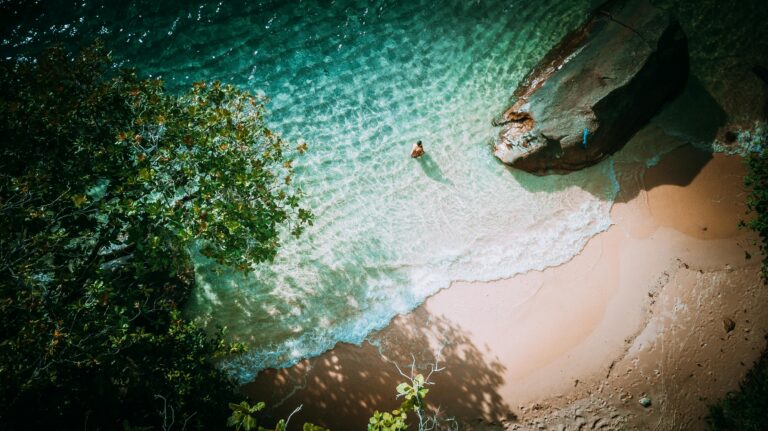Africa, the second-largest continent, is known for its vast landscapes and diverse cultures. While it is home to some of the world’s largest countries by land area, it also hosts some of the smallest.
Here’s a look at the ten smallest African countries by land mass, each offering unique charm and distinct characteristics:
1. Seychelles
- Area: 459 km²
- Capital: Victoria
- Highlights: An archipelago of 115 islands in the Indian Ocean, Seychelles is renowned for its stunning beaches, coral reefs, and nature reserves. Its islands like Mahé, Praslin, and La Digue are popular tourist destinations.
2. São Tomé and Príncipe
- Area: 964 km²
- Capital: São Tomé
- Highlights: Located off the western coast of Central Africa, this island nation is known for its volcanic landscapes, rich biodiversity, and colonial architecture. Its economy is primarily based on agriculture, particularly cocoa.
3. Comoros
- Area: 2,235 km²
- Capital: Moroni
- Highlights: Comprising three major islands (Grande Comore, Mohéli, and Anjouan), Comoros is situated in the Indian Ocean between Madagascar and Mozambique. It’s famous for its diverse culture influenced by Arab, African, and French traditions.
4. Cape Verde
- Area: 4,033 km²
- Capital: Praia
- Highlights: An archipelago off the northwest coast of Africa, Cape Verde boasts a blend of African and Portuguese influences. Its islands are known for their Creole Portuguese-African culture, vibrant music, and scenic landscapes.
5. Gambia
- Area: 11,295 km²
- Capital: Banjul
- Highlights: The smallest country in mainland Africa, Gambia is surrounded by Senegal, except for its coastline on the Atlantic Ocean. It’s famed for its diverse ecosystems along the Gambia River, abundant birdlife, and rich history.
6. Eswatini (Swaziland)
- Area: 17,364 km²
- Capital: Mbabane (administrative), Lobamba (legislative and royal)
- Highlights: Landlocked between South Africa and Mozambique, Eswatini is known for its wilderness reserves and traditional Swazi culture. It has a rich history of traditional festivals and ceremonies.
7. Djibouti
- Area: 23,200 km²
- Capital: Djibouti City
- Highlights: Located in the Horn of Africa, Djibouti is strategically positioned near some of the world’s busiest shipping lanes. It’s characterized by its arid landscapes, salt lakes like Lake Assal, and the Gulf of Tadjoura.
8. Rwanda
- Area: 26,338 km²
- Capital: Kigali
- Highlights: Known as the “Land of a Thousand Hills,” Rwanda is renowned for its stunning scenery, mountainous landscapes, and wildlife, including the famous mountain gorillas. It has a tragic history but has made significant strides in economic development and reconciliation.
9. Burundi
- Area: 27,834 km²
- Capital: Gitega (political), Bujumbura (economic)
- Highlights: Situated in the Great Lakes region of East Africa, Burundi is a country with a rich cultural heritage and diverse landscapes. It is known for its drumming traditions and the scenic Lake Tanganyika.
10. Equatorial Guinea
- Area: 28,051 km²
- Capital: Malabo (administrative), Oyala (under construction as new capital)
- Highlights: Comprising a mainland region (Río Muni) and five islands, Equatorial Guinea is rich in natural resources, particularly oil and gas. Its diverse geography includes beaches, volcanic landscapes, and tropical rainforests.


